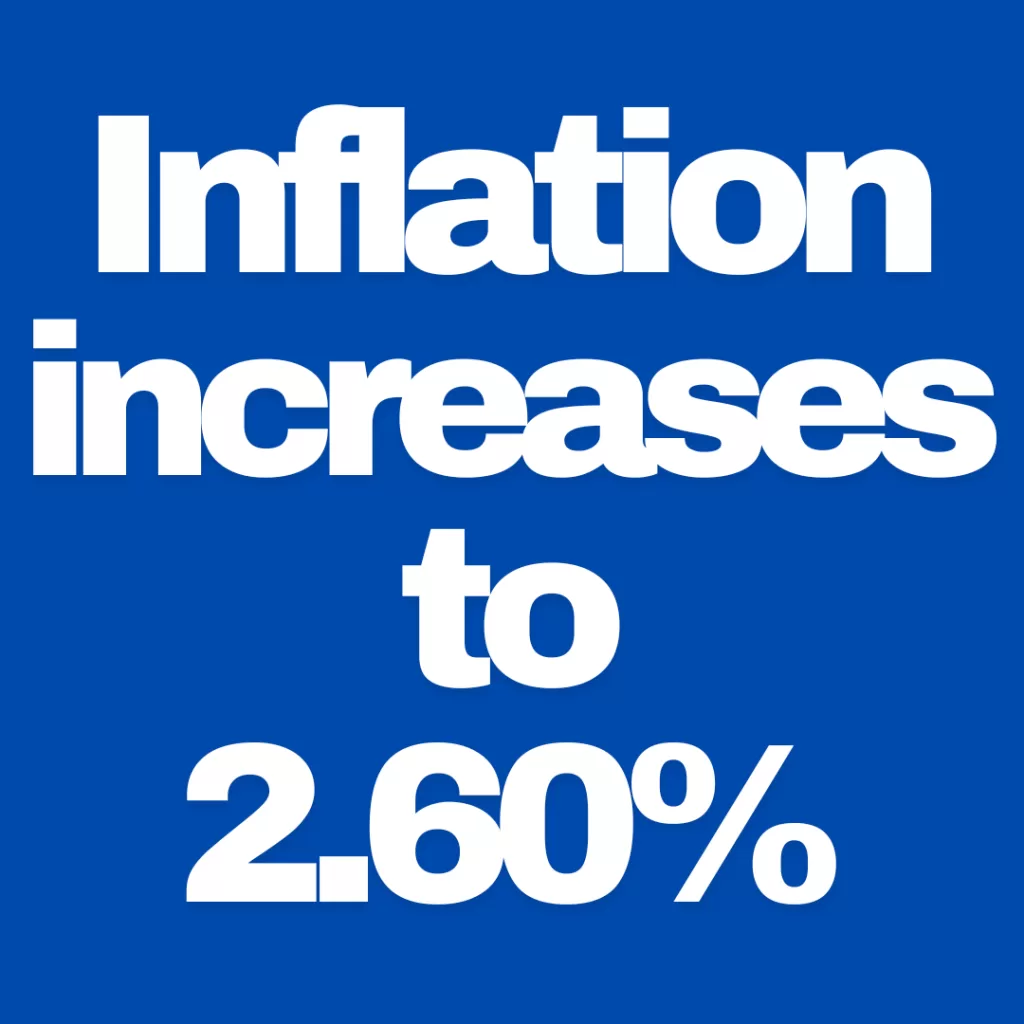Inflation increases to 2.60%

Inflation Hits 2.6% in October, Meeting Expectations
In October, the inflation rate rose to 2.6%, aligning with analysts’ forecasts. This increase reflects a steady trend as energy costs, housing prices, and some core services continued to drive up consumer prices. The 2.6% rise marks a moderate increase from previous months, where inflation had shown signs of slowing, but remains below the peaks seen earlier in the year. Inflation increases to 2.60%.
Key Drivers Behind the Inflation Rise
The primary contributors to October’s inflation increase were:
- Energy Costs: Fuel and utility costs climbed again, adding pressure to household budgets and affecting goods transportation.
- Housing Costs: The ongoing rise in rental and housing prices continued to drive inflation, as demand for housing remains robust.
- Core Services: Services like healthcare, insurance, and education also saw incremental price increases, contributing to the overall inflation rate.
Implications for the Economy
While the inflation rate is still within a manageable range, it remains above central banks’ typical target of 2%. This could prompt monetary policymakers to consider further adjustments to interest rates if inflation persists. For consumers, continued inflation might influence spending behaviors, especially in discretionary spending areas, as they navigate higher living costs.
Analysts are closely watching future data to see if this trend holds or if the economy will see further moderation in inflation in response to central bank policies and global economic conditions.
